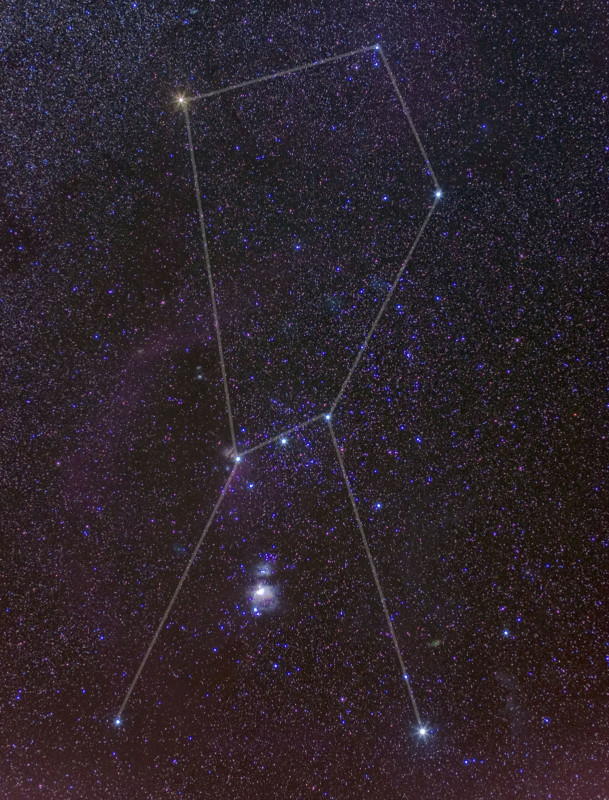How Light Pollution Changes Our View of the Orion Constellation
How much of an impact does light pollution have on how we see the night sky? Photographer Sriram Murali has created a new video that aims to show us the answer.
But Murali wanted to create a followup that more people could relate to, and that’s what led to the video above, titled “Lost in Light II.” While the original video focused on the Milky Way, this new one focuses on the Orion Constellation.

“In the last video, the only downfall was that people weren’t able to relate to the Milky Way,” Murali says. “One, they’ve never seen it, and two, it doesn’t look like that to our eyes.”
“This latest video shows the Orion constellation, a more common sight,” Murali tells PetaPixel. “The idea is to show something that people are used to seeing. Orion is visible even in the most light polluted areas. It’s a great subject to help explain light pollution.”
Here are a series of his photos showing what Orion looks like from Class 8 to Class 1:
Class 8: City sky
![]()
Class 7: Suburban/urban transition
![]()
Class 6: Bright suburban sky
![]()
Class 5: Suburban sky
![]()
Class 4: Rural/suburban transition
![]()
Class 3: Rural sky
![]()
Class 2: Typical truly dark site
![]()
Class 1: Excellent dark-sky site
![]()
You can find more of Murali’s work on his website.